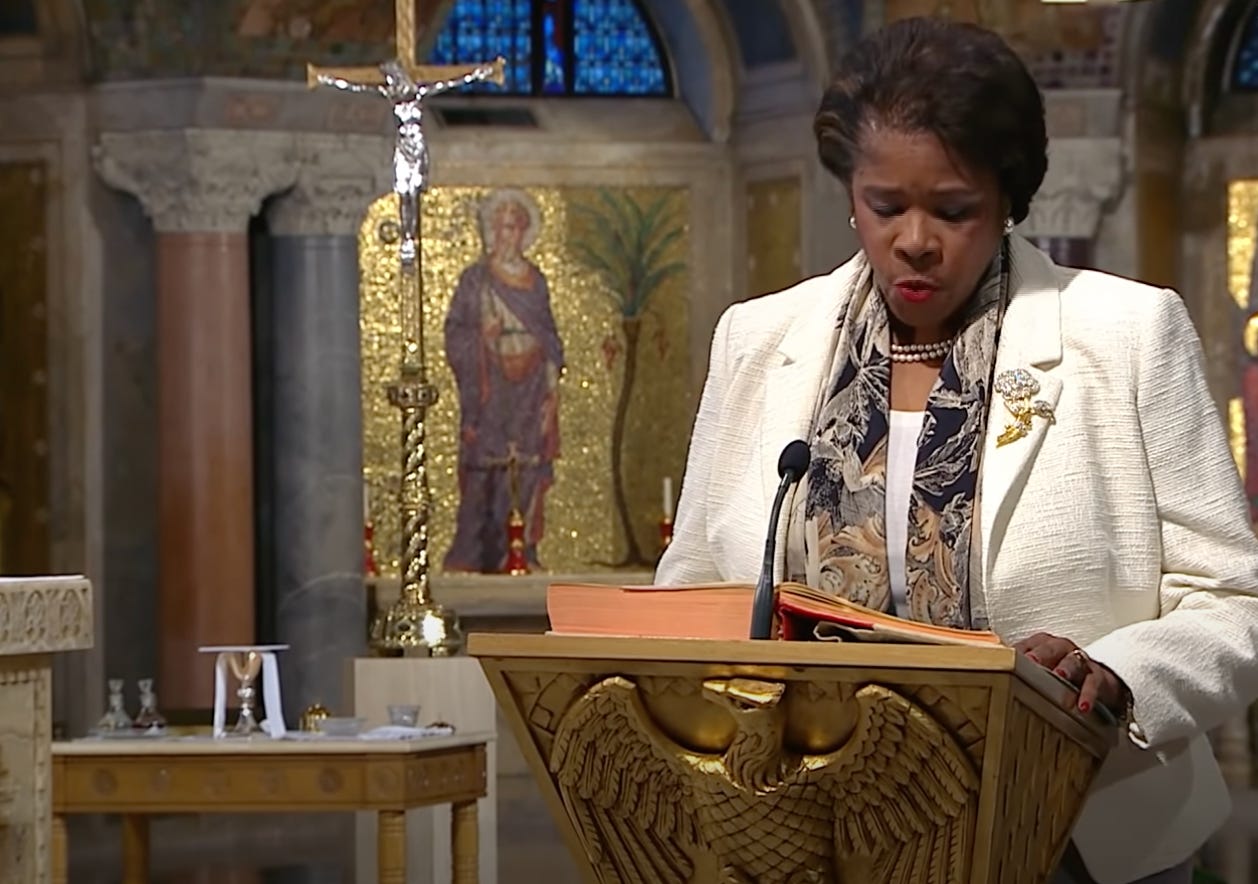Pope Francis approves women for ministries of ‘lector’ and ‘acolyte.’ What does that mean?
A Pillar Explainer

On Monday, Pope Francis made a new change to canon law, one that will permit women to be admitted to the Church’s formal ministries of lector and acolyte. Here’s a look at what that means, and what it doe…
